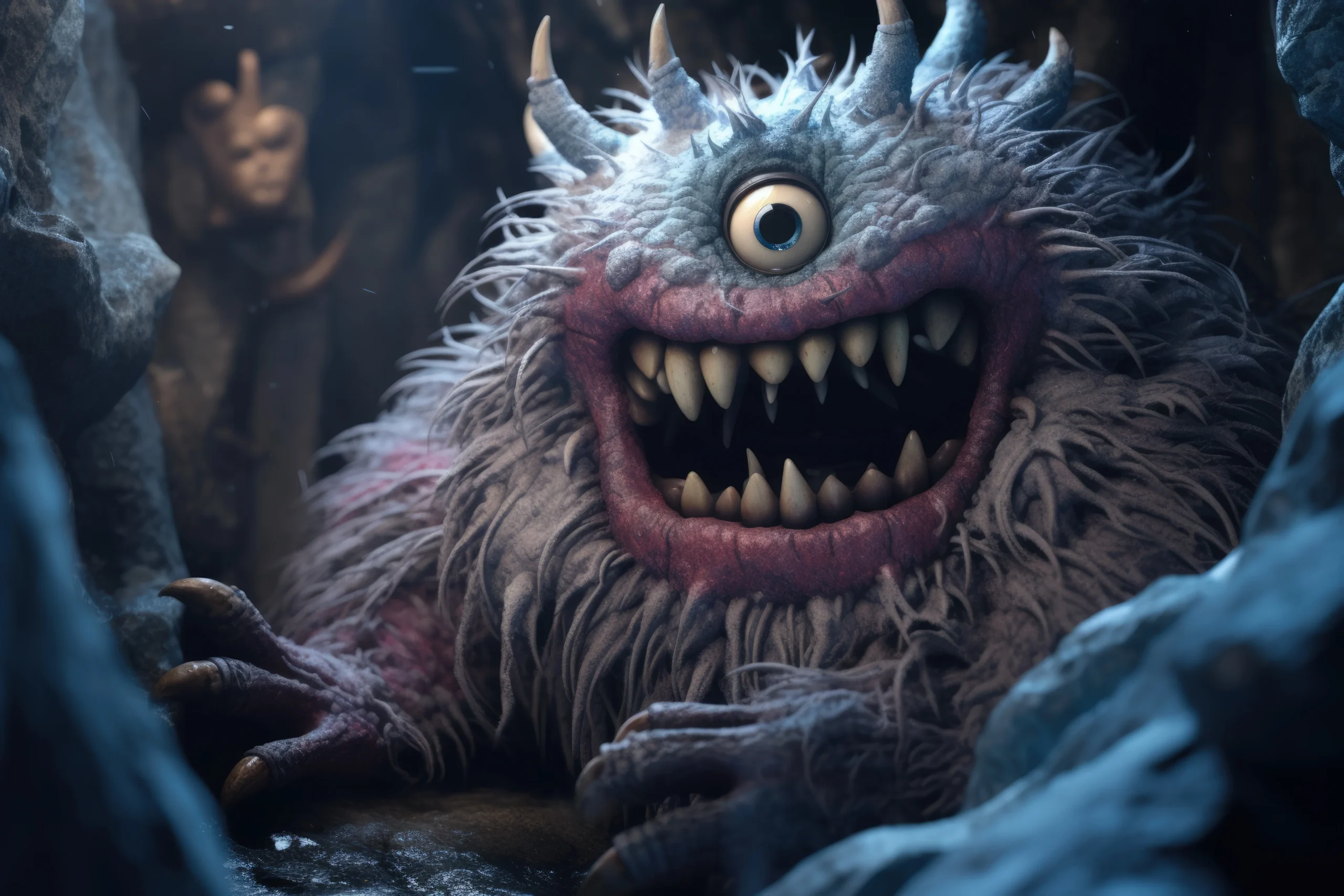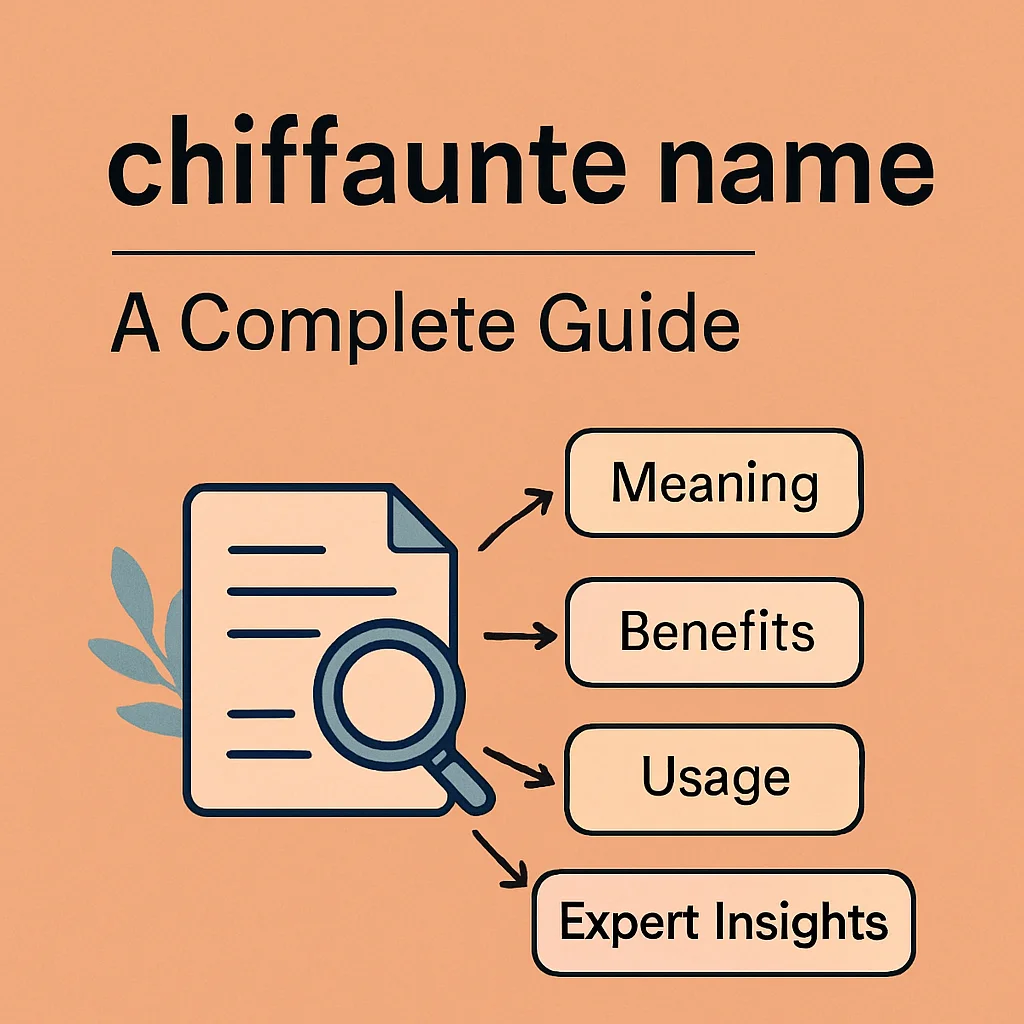Introduction
Monsters have always been a part of human imagination, from ancient myths to modern horror movies. They spark fear, curiosity, and fascination. One of the most powerful ways monsters are remembered is through their names. Scary monster names carry an aura of dread, giving life to creatures of nightmares and making them unforgettable. Whether you are a writer creating chilling characters, a gamer designing powerful avatars, or a parent planning a spooky Halloween list, choosing the right name scary can set the perfect tone.
In this guide, we’ll explore the meaning, benefits, and best practices of using scary monster names. You’ll also find practical tips, common mistakes to avoid, and answers to popular questions.
Benefits of Scary Monster Names
How It Helps in Storytelling and Creativity
Using scary monster names is not just about labeling a creature—it’s about adding depth to a character. A well-chosen name can:
- Instantly build fear and suspense.
- Create strong emotional reactions in readers or players.
- Enhance the world-building of horror stories, dark fantasy, or supernatural games.
- Make a monster more memorable compared to ordinary titles.
For example, names like Kraken, Behemoth, and Chimera continue to terrify audiences centuries later, proving the lasting impact of scary monster names.
Key Advantages for Different Audiences
- Writers & Storytellers: Adds realism and intensity to horror fiction.
- Gamers: Helps create intimidating avatars and clans with fierce reputations.
- Parents & Teachers: Perfect for Halloween games, activities, and spooky story nights.
- Pop Culture Enthusiasts: Offers fun inspiration for cosplay, trivia, and fandoms.
By choosing the right scary monster names, anyone can instantly set a chilling mood.
How to Use or Apply Scary Monster Names
Step-by-Step Guide
- Define the Monster’s Role:
- Is it a giant beast, a ghostly spirit, or a demonic villain? The name should reflect its traits.
- Draw from History & Mythology:
- Ancient legends like Medusa, Cerberus, and Wendigo provide excellent templates.
- Mix Language Roots:
- Use Latin, Greek, or Gothic-inspired sounds to create eerie effects. Example: “Mortavius” or “Noctareth.”
- Test the Sound:
- Say the name out loud. Scary names often have harsh consonants, deep vowels, or elongated tones.
- Match with Context:
- For games, shorter names work better (Zorg, Nyx), while stories allow longer, complex names (Thal’krogar).
- Finalize with Symbolism:
- Names that symbolize darkness, death, or chaos add extra intensity.
Common Mistakes to Avoid
- Overcomplicating: A name that’s too long becomes forgettable.
- Copying Popular Monsters: Avoid using famous names like Godzilla or Dracula directly—create your own twist.
- Ignoring Tone: A silly-sounding name will weaken the fear factor.
- Cultural Misuse: Be mindful not to use sacred names disrespectfully.
Best Practices for Scary Monster Names
Tips & Tricks for Better Results
- Use Strong Sounds: Letters like “Z,” “X,” “R,” and “K” make names more frightening.
- Blend Darkness Themes: Words linked to shadows, death, and chaos create powerful effects. Example: Umbraka (shadow + breaker).
- Keep It Simple: The scariest names are often short and sharp. Think Grim, Raze, Doom.
- Personalize for Your Audience: A child-friendly Halloween monster may need a less intense name, while an RPG villain should sound terrifying.
Expert Recommendations
- Writers: Build backstories behind the names for more immersion. Example: A cursed family that carries a legendary beast’s name.
- Gamers: Use unique combinations that won’t clash with existing characters.
- Teachers & Parents: Adapt names for age-appropriate storytelling while keeping them fun and spooky.
Popular Examples of Scary Monster Names
Here are some chilling examples across categories:
- Classic Mythology: Hydra, Minotaur, Leviathan, Fenrir.
- Modern Horror: Pennywise, Demogorgon, Slenderman.
- Game-Inspired: Diablo, Malphite, Zerg, Cthulhu.
- Custom Creations: Dreadmaw, Vornax, Noctira, Skarvex.
Each of these scary monster names triggers imagination and fits perfectly into horror or dark fantasy settings.
FAQs About Scary Monster Names
What makes a monster name scary?
Harsh sounds, dark meanings, and symbolic connections to fear, death, or chaos make names frightening.
Can I create my own scary monster names?
Yes! Mix mythology, language roots, and dark themes to build unique names that stand out.
Are scary monster names only for horror stories?
Not at all. They can be used in games, Halloween events, fantasy novels, or even as fun nicknames in online communities.
How do I make a monster name memorable?
Keep it short, unique, and meaningful. Test the name by saying it out loud and checking how it feels.
Is it okay to use real mythological monster names?
Yes, but add your own twist to make it fresh and original rather than a direct copy.
Conclusion
Scary Monster Names are more than just words—they are tools of storytelling, symbols of fear, and anchors of imagination. From ancient myths to modern gaming, they play a vital role in shaping how we experience monsters.
Whether you’re a writer seeking inspiration, a gamer wanting to dominate with a fierce avatar, or someone planning a chilling Halloween event, the right name scary can make all the difference.


